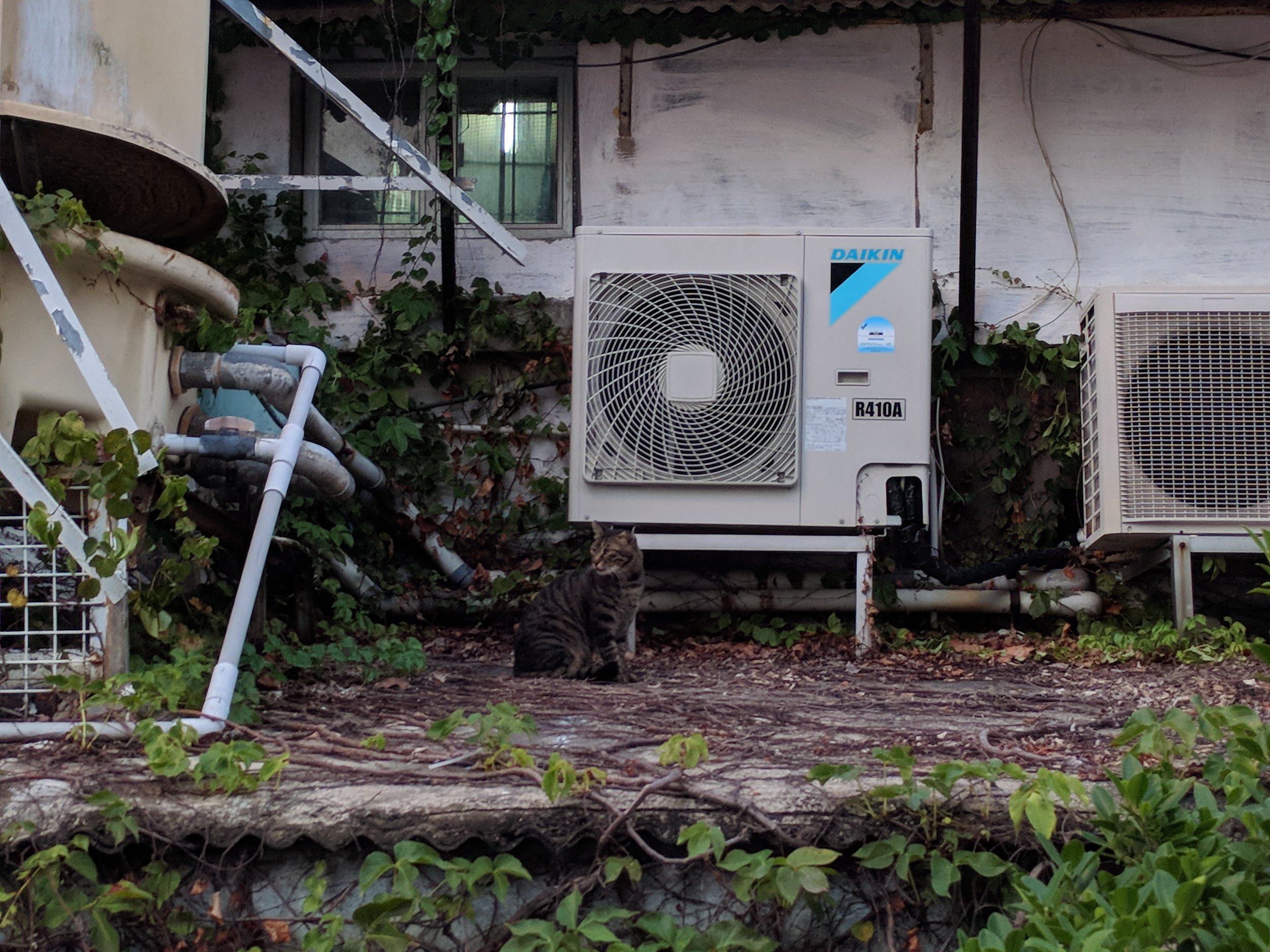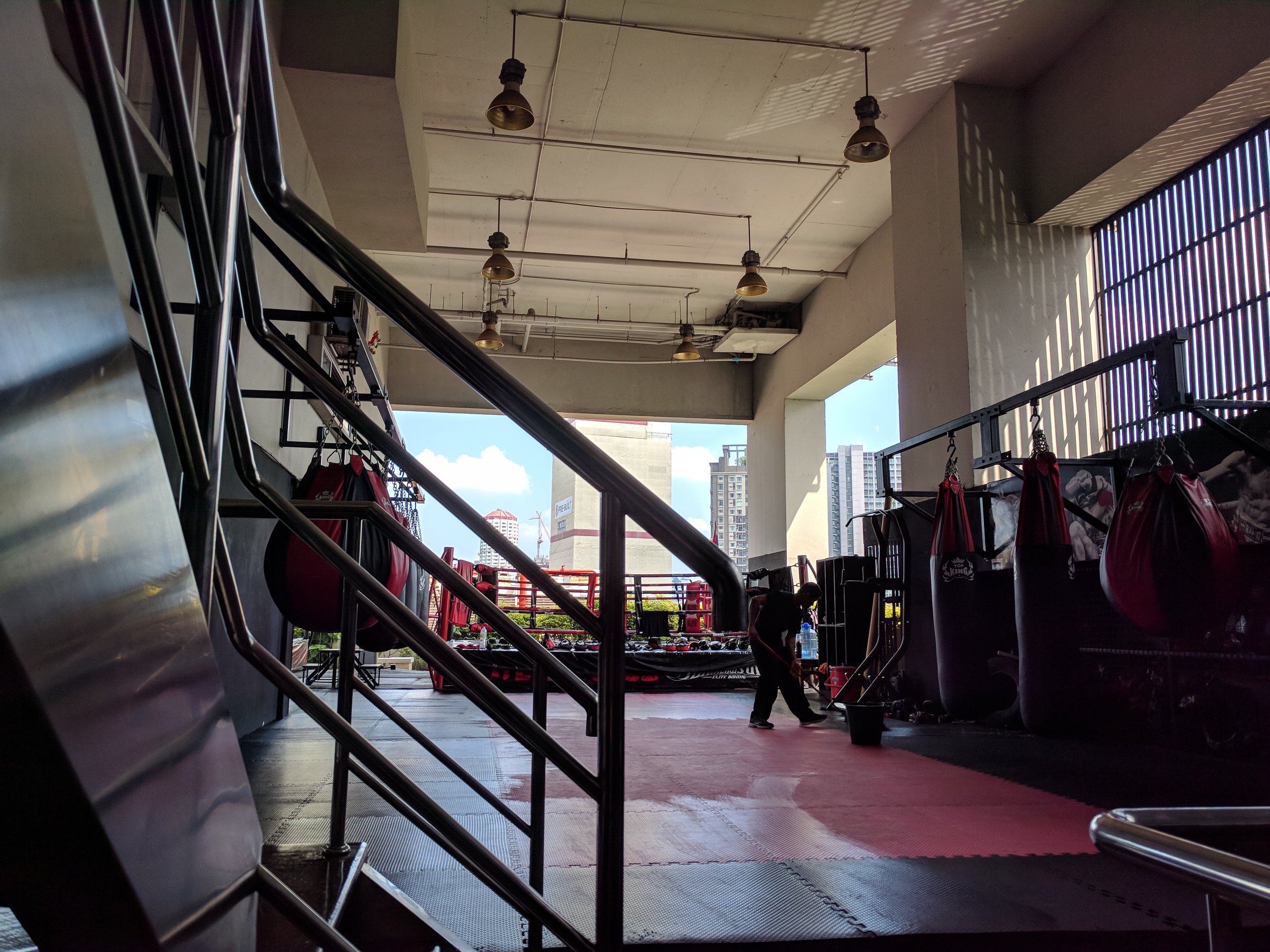Alternatives to Olympic Weightlifting For Power Development
Olympic weightlifting movements in the S&C environment is a controversial topic because some coaches are quite dogmatic about it’s use in power development. There are pros and cons to using them, depending on the context. Coach Jason lays out reasons to use alternatives and in what situations they would be best utilized.
This is a guest post written by Vancouver-based personal trainer and S&C coach Jason Lau of Performance Purpose. Olympic weightlifting movements in the S&C environment is a controversial topic because some coaches are quite dogmatic about it’s use in power development. There are pros and cons to using them, depending on the context. Coach Jason lays out reasons to use alternatives and in what situations they would be best utilized.
Olympic Weightlifting for S&C
Olympic Weightlifting is a sport in which athletes attempt to lift a maximum weight overhead using the two competition lifts: Snatch and Clean & Jerk. These competition lifts and their derivatives: hang snatch/clean, push press, snatch/clean pulls, power clean/snatch/jerk, can often be seen programmed outside of the sport, in an athlete’s strength and conditioning program.
Due to the identical triple extension movement pattern (extension of ankles, knees and hips), seen commonly in weightlifting and sports, an athlete training the weightlifting movements can greatly improve the transfer of power from feet through torso to hands, as well as athletic coordination. In that sense, weightlifting can serve as a specific preparatory exercise that matches the high force and high velocity seen in sport that traditional heavy lifting cannot satisfy.
To quote Cal Dietz – “In order for an athlete to become fast, they must train fast.”
Then Why Use Alternatives?
Despite the power development that the weightlifting movements provides for athletes, there are also risks that you will have to consider as well.
Aside from aggravated joints such as knees, shoulders and hips, the lifts requires a high technical demand to perform correctly and safely. Time is required to master the technical aspect of the lifts. Time that should not be carelessly managed when an athlete is training for an upcoming game or season. Another factor to consider is the amount of training experience the athlete has in the weight-room. Mobility and injury restrictions may also interfere with the athlete’s ability in performing the lifts. Lack of ankle and overhead mobility and stability are restrictions are common and should be addressed before progressively overloading as it may lead to injury down the road.
Power development is also specific. In the world of S&C, specificity is king as game/competition date draws close. Does the athlete have to move heavy external or light loads within the sport? This will determine what type of loading scheme and stimulus is required. For example, a football linebacker will lean towards higher intensity hang cleans including prioritisation of strength due to the demands of their sport. On the other hand, the intensities a volleyball athlete’s program would see lighter intensities as external load is not needed to the same degree within the sport.
By taking into consideration of the limitations listed previously, alternatives can be performed and taught with relative ease while mimicking the classic lifts in velocity and movement pattern. Through alternatives, we can achieve the same stimulus that weightlifting movements bring while still improving strength in high-velocities.
Alternative Exercises
Trap Bar Jumps – Trap Bar Jumps is one of the go-to replacements for weightlifting. A previous study done by Timothy J. Suchomel indicates that when utilizing lighter loads (<40% of 1RM), the jumps displayed higher force output compared to a hang power clean at the same load. The learning curve of this exercise is relatively low where the majority of athletes can perform without difficulty while staying true to the natural movement pattern of jumping. With the versatility of the trap bar jump, it can be performed with a counter-movement while loaded with bands or weights.
Squat Jumps – Squat Jumps is a great transition towards power as an athlete is transferring out of their strength focused block. Aside from a smooth transition, a squat jump replicates the second pull during a clean. This can be performed from a quarter squat depth or full squat depth, all dependent on the athlete’s goals. Considering this exercise utilizes the squat movement pattern, it is different from an athlete’s natural jumping form so it may not satisfy the need of specificity.
Medicine Ball Toss – The med ball toss is a great exercise to have within one’s arsenal. Ballistics are predominantly concentric in nature allowing the athlete to focus on the acceleration phase without having to catch or decelerate at the end. The ability to reap the benefits of fast twitch muscle fibre contractions without the negative effects of eccentric forces can benefit the athlete. Tosses can be expressed throughout multiple planes of motion as well, not only vertically, that is what makes this movement so versatile.
Prowler Push – The vast majority of alternatives are bilateral in nature, but with Prowler Pushes and drags, we can achieve unilateral power with little technical demand on the athlete. This allows the athlete to drive off the ground and transfer force through the torso and into the prowler with no eccentric forces. This movement is versatile and can serve as a special developmental exercise for athletes in frequent sprinting sports.
To weightlift or not to weightlift?
That is the question. My answer? It depends.
I encourage coaches to look at the bigger picture. Does the athlete have enough time to learn the technicalities of the lifts? Are the athlete’s movement patterns proficient enough? Does the athlete have enough weight-room experience? Are there any severe mobility or stability issues that the athlete has to address beforehand? Are the alternatives sufficient for the time being? There is more than one route to achieve ideal athletic qualities. The factors that set apart good and bad S&C programs from each others are the risk to reward ratio, efficiency and specificity.
References
Suchomel, T. J., & Sole, C. J. (2017, September 1). Power-Time Curve Comparison between Weightlifting Derivatives. Retrieved from https://www.ncbi.nlm.nih.gov/pmc/articles/PMC5592293/
Shattock, K. (2018, February). The Use of Olympic Lifts and Their Derivatives to Enhance Athletic / Sporting Performance: A Mental Model. Retrieved from https://www.researchgate.net/publication/322901416_The_Use_of_Olympic_Lifts_and_Their_Derivatives_to_Enhance_Athletic_Sporting_Performance_A_Mental_Model
ABOUT THE AUTHOR
JASON LAU is a Strength & Conditioning / Physical Preparation coach and owner of PERFORMANCE PURPOSE based out of Richmond, BC. His passions include coaching and refining badminton, volleyball and hockey athletes, beginner to provincial level powerlifters, return-to-play rehab and general population clientele of all ages.
He aims to offer a systematic and evidence based approach to off-season and in-season training, translating the athlete’s weight room progress towards their specialized sport. His goal is to drive improvement and progress of each individual within the field of athletic performance.
Website: https://performancepurpose.ca/
Instagram: @performancepurpose
Bests of 2017
A review of 2017. Happy new year everyone, thanks for the support!
[Biggest Lesson of 2017]
When you run your own business, there is no escaping it. I try my best to put out content for you guys while still keeping some sort of privacy in my personal life, but it's something I always have trouble balancing.
As much I would like this to be MY bests of 2017, I can't escape the fact that I AM GC Performance Training.
From not knowing what content to put out, to having some of my articles recognized by some big names in the industry.
From clients getting injured to athletes hitting their lifetime bests after weeks and weeks of hard preparation.
Day in, day out. It's always a rollercoaster ride.
I'm thankful for the clients and athletes that have given me a chance to work with them, so that I can put food on the table, enjoy the hobbies I enjoy and be part of their journey.
[GCPT Athlete Of The Year] - Mark xu
Mark Xu is a 74kg Junior BCPA Powerlifter
This one was a hard one to pick. Everyone worked hard this year but Mark takes the cake on this one.
He has: Been injured, discouraged from training, dealt with his last year in high school, graduated high school, accepted in a University, remarkably improved his lifting technique and have gotten way stronger than before. All in 1 year.
He's one of my youngest athletes, and it's been a pleasure watching him develop into a more confident athlete. Look forwards to the next year with you bro.
Not taking anything away from everyone else on the GCPT team. I love you all.
[Best Articles Of The Year From GCPT]
5 Part Periodization Series - http://gcperformancetraining.com/gc-blog/periodization101
If there's one thing I think about every day, it's physical/mental development and preparation. That's all periodization really is, planning to develop and prepare in the most effective way possible given past training history and emerging information.
I was (and still am) tired of coaches arguing back and forth on the types of periodization and getting all worked up on specific terms and methodologies so I put a lot of hours writing this article series on periodization to get my thoughts out. If you have time and want to learn more about physical and mental preparation, as well as the variables and nuances involved, please give it a read.
Here are some of my top articles by category:
Powerlifting - "Building Your Base In Powerlifting"
Nutrition - "Nutritional Periodization"
MMA & Combat Sports - "High Performance Training For MMA - Experts Weigh In"
General Fitness - "The Current State Of The Fitness & Training"
[Most Memorable Moment of 2017]
My favorite moment (moments, really) has to be traveling to Asia after 5 years of not leaving North America. It was the first time going on "vacation" since I started my dream of owning a training and coaching business.
Got the chance to experience Japanese and Thai culture & food, as well as revisit the motherland (Hong Kong). Thanks to online coaching, I'm able to keep in touch with my athletes even while i'm away.
Looking forward to more trips in 2018 ;)
[Goals For 2018]
I look to better myself physically and mentally every year, so 2018 will be no different. I've been gradually practicing more and more martial arts this year, and that will definitely pick up in the upcoming year.
Muscle mass, strength, power, endurance, sport-specific skills... I want all of it. ALL OF IT. Bring it on, bro.
Special thanks to all my clients and athletes. Coaches that have helped me improve this year. All of my followers (I've been able to grow from 240 followers to 745 on my GC Performance Training page. Thanks for the love!).
Happy new year!
Coaching vs. Programming: Is There a Difference?
Is there a difference between coaching and exercise programming? What makes a good coach?
initially a note post on my Facebook Page
Wait, if you’re programming for an athlete, aren’t you coaching them? I don’t see it that way.
Programming is writing out a specific training or nutrition program to cater to an athlete’s goal, whether it be improving their powerlifting total or body composition, etc. A knowledgeable exercise physiologist or personal trainer will be able to control training parameters well enough for their athletes to reach their goals effectively but a coach’s role extends beyond that.
Along side programming skills, a coach must be able to:
- Work WITH the person, not on.
- Dictate the training process and outline process-oriented goals
- Ensure that the athlete is tune with the process. So much can be learned working with a coach compared to jumping on a cookie cutter template program... HOWEVER, it is not uncommon for athletes to perform better on a cookie cutter program (over-individualization is problematic, more on this in another article).
- Effectively communicate with the athlete; this means communicating in a way the athlete can best understand what you expect out of them and what you’re teaching them
- Create curiosity in athletes, encourage questions and appropriately answer them (not just a “I’m the coach, you’re doing this cause I say so”)
- Understand that training and performance is multi-factorial, and that your athlete experience multiple stressors out of your control
- Care about their athletes. If you don’t give a shit about your athletes or clients, just write a training template and sell that. Simple as that.



![Combat Sports Strength and Conditioning - Microcycle & Within-Session Programming [Part 2 of Programming Layers Series]](https://images.squarespace-cdn.com/content/v1/55072bf0e4b055a8f66250e9/1605708338077-FWV40X4D3O675XD8QX5Q/Shared+from+Lightroom+mobile.jpg)
![Combat Sports Strength and Conditioning : Macrocycle & Mesocycle Planning [PART 1 of Programming Layers Series]](https://images.squarespace-cdn.com/content/v1/55072bf0e4b055a8f66250e9/1605110722911-P7CE6O4VILYCVBEJ9R58/muay-thai-jump-rope.jpg)

![[Published on SimpliFaster.com] Individualizing and Optimizing Performance Training For Basketball](https://images.squarespace-cdn.com/content/v1/55072bf0e4b055a8f66250e9/1559464401554-UTSFUHZQUTNOISFNVX1P/Daryyl-Wong-Court.jpg)



![Tapering & Peaking: How To Design A Taper and Peak For Sports Performance [Part 2 of Peaking Series]](https://images.squarespace-cdn.com/content/v1/55072bf0e4b055a8f66250e9/1501283047888-1OMY4OC27GHE81P94CPG/mountains-sport-nature-human-mountain-climbing-wallpaper-hd-black-1920x1080.jpg)
![Overreaching and Overtraining [Part 1 of Peaking Series]](https://images.squarespace-cdn.com/content/v1/55072bf0e4b055a8f66250e9/1501052506104-FOT7NYG35KYOVLK3J12R/crossfit.jpg)











